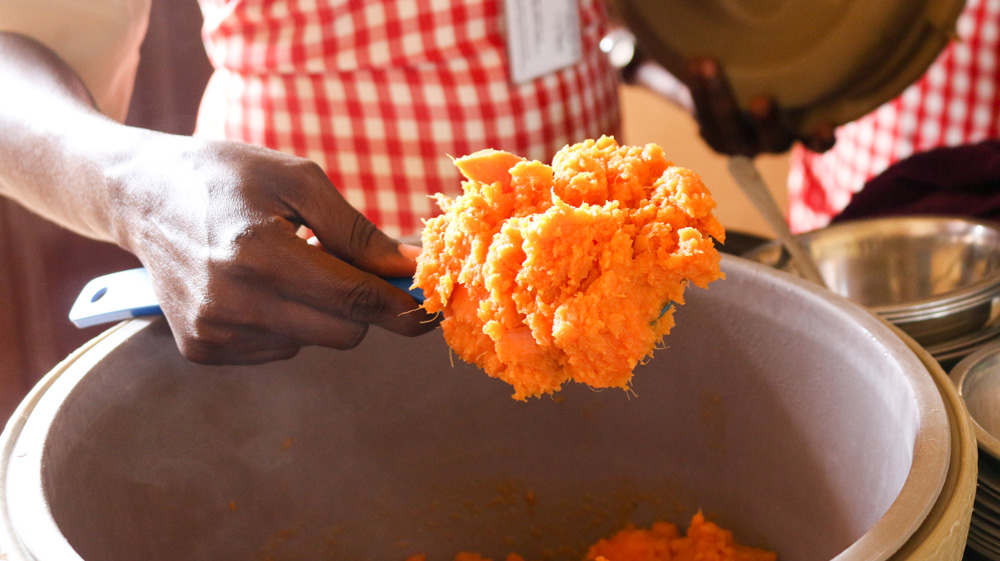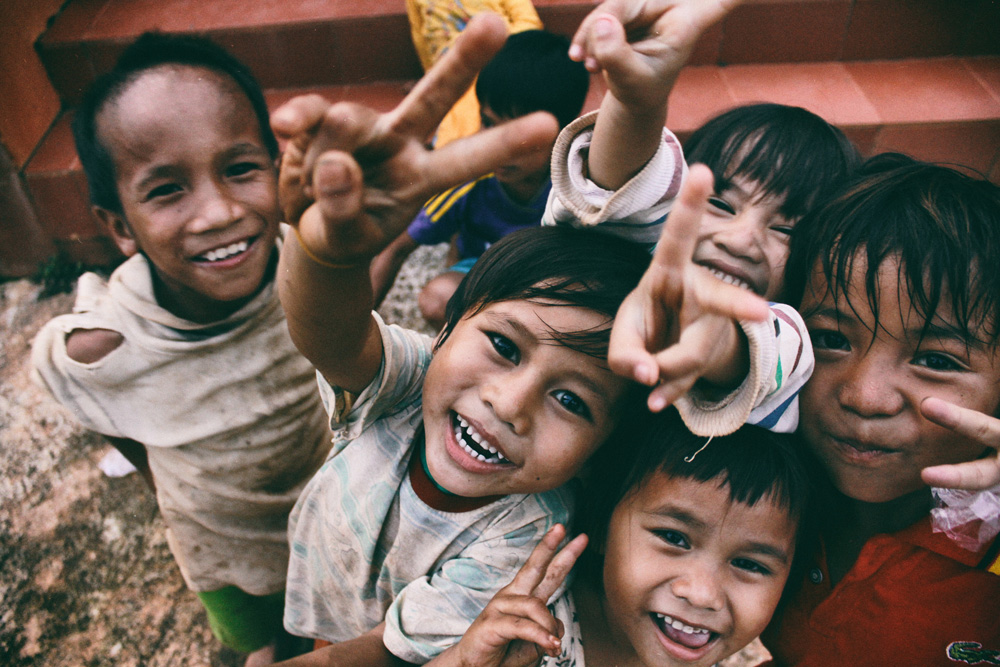It is striking that every third person in the world suffers from malnutrition. Present in all countries, independently of income level, malnutrition takes different forms, including undernutrition, micronutrient deficiency and obesity.
People who are malnourished perform poorly at work and at school, struggling through their lives. Malnutrition hampers brain development and health, manifesting in diseases like diabetes, cardiovascular, chronic respiratory diseases and cancer. Healthcare costs as well as loss of working hours and productivity are heavy burdens on our economies.
At this year’s Annual Meeting we have followed the nutrition trail to see how better nutrition can unlock sustainability pathways. This post shares the highlights brought by the speakers at the event.
1. Better nutrition – less deforestation
Nonette Royo, Executive Director of the recently launched International Land and Forest Tenure Facility has previously worked with deforestation in West Kalimantan. There, many poor members of the local community sell timber obtained through illegal logging to pay for health care. Backtracking the chain of events, Nonette and her colleagues decided to use health as an entry point to combat deforestation.
Health in Harmony, the NGO Nonette collaborated with, set up a community hospital in the area. This health emergency intervention was combined with promotion of agroforestry and fish farming, which deliver highly nutritious foods and provide extra cash. As a result, the health of the community improved, and deforestation rates dropped remarkably.
This example from Kalimantan shows how paying more attention to nutrition, health and well-being can spark creativity and open unexpected pathways to sustainable resource management. “Taking a wider perspective, including nutrition and health, offers a way to think outside of the box and connect seemingly non-related issues,” says Nonette Royo.
2. Focus on nutrition – get out of protracted crisis
Pedro de Figuerido, who works at the Unit for Humanitarian Assistance at the Swedish Development Cooperation Agency (Sida), frankly admits nutrition has not been a priority when it comes to humanitarian aid. However, many ongoing armed conflicts and protracted crises with millions of displaced, point to the conclusion that humanitarian aid requires new strategies.
Following the recommendations from the World Humanitarian Summit 2016, Figuerido and his unit started to approach crises through resilience thinking. Their analysis concluded: working with nutrition can create an interface between humanitarian aid and long-term development. This strategy might provide a way out of protracted crises.
One has to understand that food supplies delivered by humanitarian aid mostly consist of carbohydrates. This food lacks the necessary vitamins people need to stay healthy, as a result the nutritional status of refugees deteriorates very fast. Poor nutrition affects health, so, it is crucial that refugees have access to nutritious food because if you are sick, recovery, rehabilitation and integration in a new community will be backbreaking.
Uganda, the country that received the most refugees worldwide, has been widely acknowledged for its refugee integration strategy. Here, the newly arrived can get a piece of land, where they can grow food and establish themselves. As a result, 78% of refugees in rural settlements are engaged in agricultural activities, many of whom are able to start their businesses. This approach sees refuges as independent economic actors, not as beneficiaries and has also been successfully employed by FAO in Ethiopia, where the UN agency works with refugee rehabilitation through afforestation.

